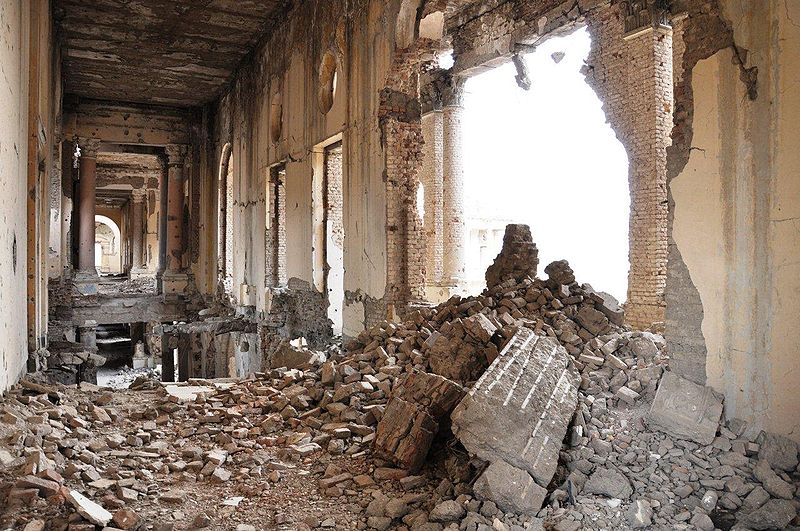
“Both his reforms and his failures have set the pattern for successive generations of Afghan modernizers.” (Image by Magnustraveller.)
The opening of a concise essay by Mariam and Ashraf Ghani in the New York Review of Books about the last 100 years or so of Afghanistan’s tortured history and thwarted attempts at political and social reform:
“Amanullah ruled Afghanistan from 1919 to 1929, first as amir and then, after he changed his own title, as king. During his brief reign, Amanullah launched an ambitious program of modernization from above, which was cut off prematurely by a revolt from below. His many reforms included promulgating rule of law through Afghanistan’s first constitution; investing in education through literacy programs and the building of schools; promoting unveiling and the end of purdah; transforming the traditional institution of the Loya Jirga, or Grand Council, into a mechanism for public consultation; winning Afghanistan’s independence from Britain; and large-scale urban planning, with the partial completion of the ‘new city’ of Dar ul-Aman, just to the west of Kabul. Both his reforms and his failures have set the pattern for successive generations of Afghan modernizers, who have returned again and again to his unfinished project, only to succumb to their own blind spots and collapse in their own ways.”
